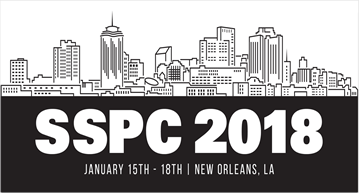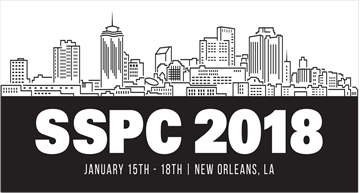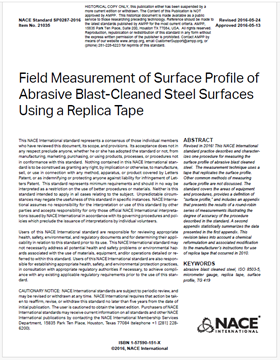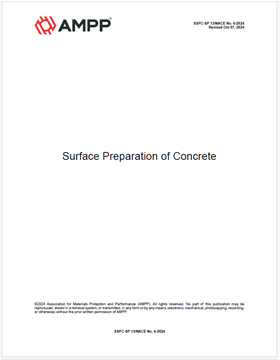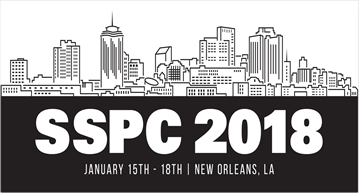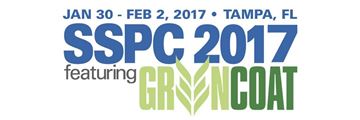Search
Products tagged with 'surface profile'
View as
Sort by
Display
per page
Preparing Steel Surfaces For Thick-Film Intumescent Fireproofing
Product Number:
51321-16630-SG
Publication Date:
2021
$20.00
RP0287-2002-SG (Chinese), Field Measurement of Surface Profile of Abrasive Blast-Cleaned Steel Surfaces Using a Replica Tape
Product Number:
21140-SG
ISBN:
1-57590-231-1
Publication Date:
2002
$179.00
SP0287-2016, “Field Measurement of Surface Profile of Abrasive Blast-Cleaned Steel Surfaces Using a Replica Tape”
Product Number:
21035-SG
Publication Date:
2016
$179.00
SSPC-SP 13/NACE No. 6-2024, Surface Preparation of Concrete
Product Number:
SSPC-SP 13/NACE No. 6-2024
$109.00
SSPC-SP 5 (WAB)/NACE WAB-1-2015, “White Metal Wet Abrasive Blast Cleaning”
Product Number:
21198-SG
ISBN:
1-57590-323-7
Publication Date:
2015
$109.00
Steel Grit Blasting Improves Productivity and Quality
Product Number:
51218-157-SG
Publication Date:
2018
$20.00
TM0204-2019 “Exterior Protective Coatings for Seawater Immersion Service”
Product Number:
21244-2019
ISBN:
1-57590-190-0
Publication Date:
2019
$109.00
Too Deep or too Shallow... Can Surface Profiles by Changed by Additional Blast Cleaning?
Product Number:
51217-036-SG
Publication Date:
2017
$20.00


